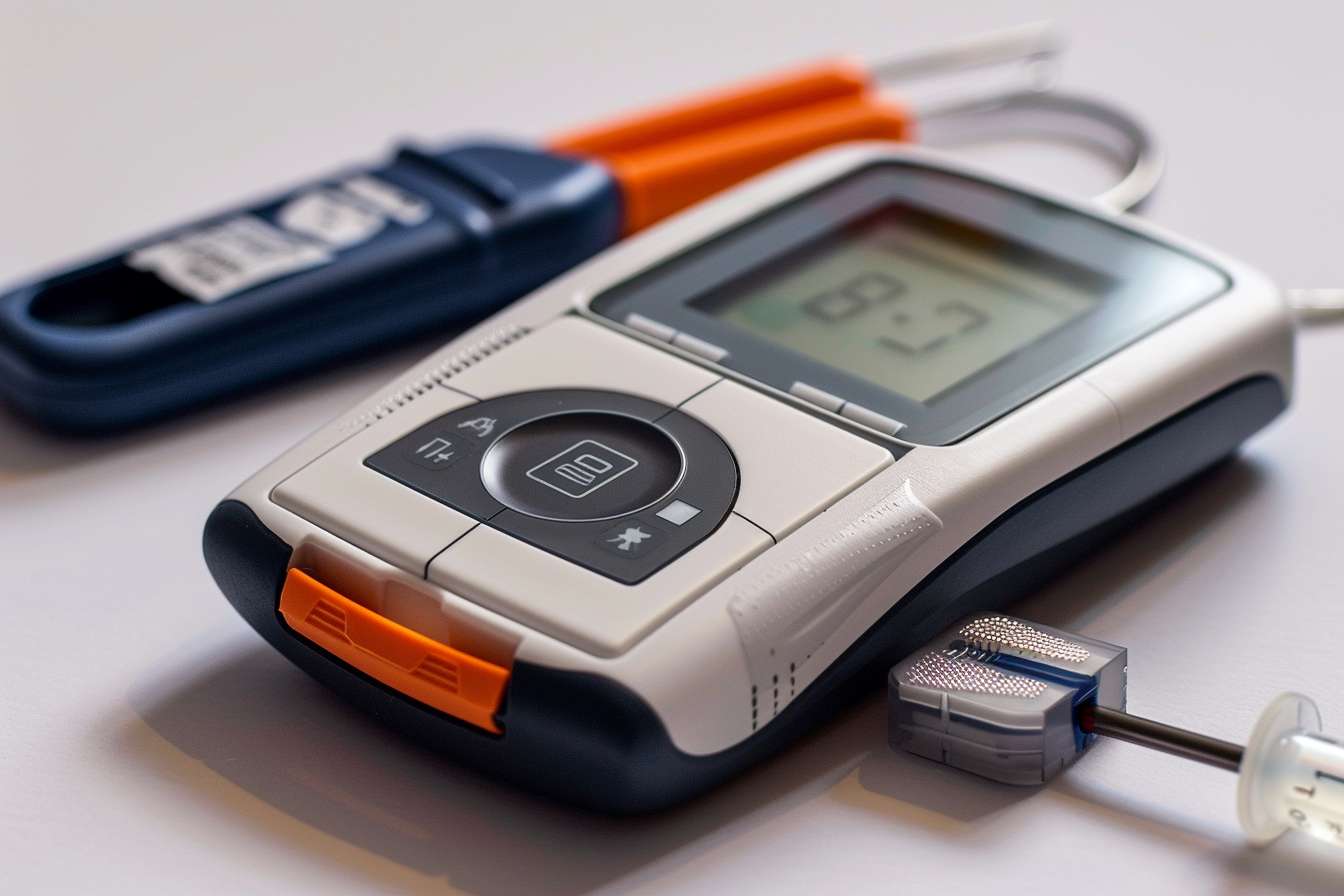Government-Backed Glucose Monitoring Programs – How to Access Affordable Technology for Diabetes Care
Managing diabetes effectively is crucial for maintaining health and improving quality of life. Thankfully, government-backed glucose monitoring programs are making advanced technology accessible and affordable for those in need. These initiatives provide innovative tools to track glucose levels, ensuring better health outcomes for millions of individuals. Read on to uncover how you can benefit from these programs and take control of your diabetes care. This is your opportunity to simplify your journey toward better health management.

What are government glucose monitoring programs?
Government glucose monitoring programs are initiatives designed to provide affordable access to blood sugar monitoring technology for individuals with diabetes. These programs aim to reduce the financial burden of diabetes management by offering subsidies or direct provision of glucose monitoring devices. By partnering with healthcare providers and technology companies, government agencies work to ensure that essential diabetes care tools are available to those who need them most.
How do wearable blood sugar monitors work?
Wearable blood sugar monitors, also known as continuous glucose monitors (CGMs), are cutting-edge devices that revolutionize diabetes management. These small sensors are typically applied to the skin and continuously measure glucose levels in the interstitial fluid. The data is then transmitted to a smartphone or dedicated receiver, providing real-time glucose readings without the need for frequent finger pricks. This technology allows for more comprehensive glucose tracking, helping users make informed decisions about their diet, exercise, and medication.
What are the benefits of blood sugar monitors without finger pricks?
Blood sugar monitors without finger pricks offer numerous advantages for individuals managing diabetes. These devices provide a less invasive and more convenient way to track glucose levels throughout the day and night. By eliminating the need for frequent finger pricks, they reduce pain and the risk of infection associated with traditional monitoring methods. Additionally, these monitors offer more comprehensive data, including glucose trends and patterns, which can lead to better-informed treatment decisions and improved overall diabetes management.
Who is eligible for government glucose monitoring programs?
Eligibility for government glucose monitoring programs varies depending on the specific initiative and location. Generally, these programs target individuals with diabetes who meet certain criteria, such as:
-
Type of diabetes (Type 1 or Type 2)
-
Frequency of insulin injections or use of an insulin pump
-
History of severe hypoglycemia or hypoglycemia unawareness
-
Financial need or limited access to healthcare resources
It’s important to consult with your healthcare provider or local health department to determine your eligibility for specific programs in your area.
What unique glucose monitoring technologies are available in the United States?
In the United States, several innovative glucose monitoring technologies have emerged in recent years. One notable advancement is the development of implantable CGM sensors that can remain in place for up to 180 days, offering long-term monitoring without frequent sensor changes. Another exciting technology is the integration of glucose monitoring with insulin delivery systems, creating closed-loop systems that automatically adjust insulin doses based on real-time glucose readings. These “artificial pancreas” systems represent a significant step forward in diabetes management, offering improved glucose control and quality of life for users.
How can you access affordable glucose monitoring technology through government programs?
Accessing affordable glucose monitoring technology through government programs involves several steps:
-
Consult your healthcare provider: Discuss your diabetes management needs and inquire about available government programs.
-
Research local initiatives: Check with your state or local health department for specific glucose monitoring programs in your area.
-
Explore Medicare and Medicaid coverage: If you’re eligible, these programs may cover the cost of glucose monitoring devices and supplies.
-
Contact diabetes organizations: Reach out to organizations like the American Diabetes Association for information on financial assistance programs.
-
Apply for relevant programs: Submit required documentation and applications for programs you qualify for.
-
Follow up regularly: Stay in touch with program administrators and your healthcare provider to ensure continued access to necessary technology.
| Program | Provider | Coverage |
|---|---|---|
| Medicare Part B | Centers for Medicare & Medicaid Services | Covers certain CGMs and supplies for qualifying beneficiaries |
| Medicaid | State Medicaid Agencies | Coverage varies by state; may include CGMs and supplies |
| VA Diabetes Management | Department of Veterans Affairs | Provides CGMs and supplies for eligible veterans |
| State-specific programs | Various state health departments | Offers glucose monitoring devices and supplies based on eligibility criteria |
Prices, rates, or cost estimates mentioned in this article are based on the latest available information but may change over time. Independent research is advised before making financial decisions.
Government-backed glucose monitoring programs play a crucial role in making advanced diabetes management technology accessible to those who need it most. By providing affordable access to wearable blood sugar monitors and blood sugar monitors without finger pricks, these initiatives empower individuals to take control of their health. As technology continues to advance, it’s essential to stay informed about available programs and eligibility criteria. By working closely with healthcare providers and taking advantage of these government-supported initiatives, people with diabetes can access the tools they need to improve their quality of life and long-term health outcomes.
This article is for informational purposes only and should not be considered medical advice. Please consult a qualified healthcare professional for personalized guidance and treatment.



